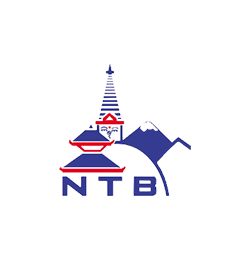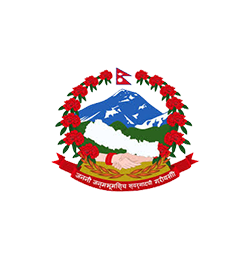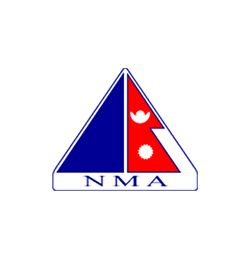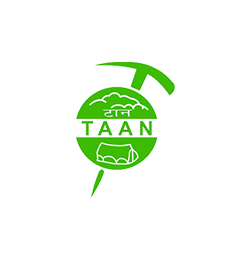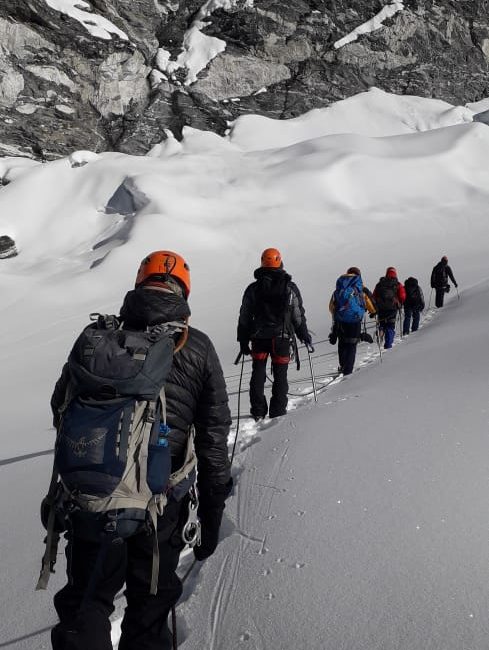
“One of the most popular and famous peaks to climb nearly all seasons of the year“
Overviews:
When is the good time for Island Peak Climb, one of the most asked questions among all interested climbers? For Island Peak, trekkers and mountaineers as well as all climbers can climb nearly all seasons of the year. Depending upon one’s interest starting from spring, early summer to autumn/fall and in winter also.
Island Peak is also called Imjatse Himal, due to its location within the beautiful and scenic Imjatse Valley. The area is surrounded by high snow peaks towards southwest views of Ama Dablam North Face. Includes Ama-Lapcha peaks with Mt. Makalu in the east direction, overlooking Nuptse and Lhotse with Lhotse Shar in the north.
Island Peak the name was given by earlier mountaineers due to its appearance amidst a sea of glaciers and moraines. Stands on its own separated by other high surrounding peaks, which look like an Island.
Island Peak, as listed in NMA (Nepal Mountaineering Association) towers high at the height of 6,189 m and 20,305 feet. The climb of Island Peak grade is PD + which means Per Difficult with plus. A straightforward climb with some technical sections to tackle before reaching on top of the summit.
Island Peak climb grading is used from the famous and popular French and Swiss Alpine Climbing Classification System. The walk to Island Peak starts and ends at Lukla town, which is a distance of 120 k.m. or 75 miles.
As per the season chosen for Island Peak Climb, where all treks lead to the famous Namche Bazaar. Where most trekkers and mountaineers have an extra day for acclimatization at 3,440 m high. Before moving towards higher terrain, Namche Bazaar is an ideal, perfect place, where one can explore by taking a short hike.
After Namche Bazaar walk leads to a beautiful settlement at Thyangboche and the impressive monastery, located amidst lovely forest surroundings.
Facing the grand vista of Mt. Everest, Lhotse, and majestic Ama Dablam, from Thyangboche on the trail to Island Peak.
For Island Peak climb with various options, one can make it longer by a few more days. Adding the itinerary with Everest base camp and climb of Kalapathar before the climb of Island Peak. This allows climbers more exercise and time to get acclimatized, or one can walk straight to Island Peak base camp.
The Best time for Island Peak Climbing
Nepal has four main seasons likewise spring, summer/monsoon autumn/fall, and winter. Where climbers have options to choose the best time within the four seasons for Island Peak Climb. Apart from summer/ monsoon times the wet rainy seasons around southern parts of the Himalayas, most days are cloudy with rains. As well snowfall sometimes during the monsoon time of July and August, but the valleys and hills will be much greener.
The best time for Island Peak Climb is in spring from March to May
Most days are much warmer with longer sunlight hours, whereas mid-hills are alive with wildflowers in seasonal bloom. Especially the rhododendron flowers of various species, which you can notice on walks till Thyangboche.
During spring days are clear from morning till late afternoon and can get cloudy sometimes with a chance of snowfall. Around higher areas, as well much cold morning, late afternoon till night time and not adding extra wind-chill factor.
Certainly, the best time is in the spring season, when days are much longer and more favorable. Trekkers and climbers can cover long-distance walks and climb within daylight hours, from March to May.
All the Himalayas region gets more visitors, climbers, and mountaineers during the spring season, the best time for Island Peak Climb. Having much successful percentage reaching the summit of Island Peak.
The next best season for Island Peak Climb and trekking around Nepal Himalayans is autumn/fall. Most days are clear from morning till afternoon, but shorter days are due to sunlight hours. The sun reaches late by 7 a.m. and gets dark by 6 a.m. making the days much cold. Gets freezing temperatures in the morning and night as well in shades, including extra wind-chill factor. Autumn/fall gets draws many trekkers around the Himalayas, as well as Island Peak Climb.
Sometimes the Island Peak base camp might get overcrowded due to the mass flow of trekkers and climbers. As autumn/fall is one of the best times for all types of adventure around the Himalayas. Days are fine and clear, chances of snowfall sometimes, but the best time for scenic views of snow peaks.
Some adventurers and climbers also dare climb Island Peak during the cold winter month of December and February. Most days are fine and crystal clear for views and walks, as well for an exciting climb. But one has to face much colder morning and late afternoon till night time.
The sun hardly reaches by 7 a.m. and fades away by 5 p.m. which makes the days very short. Different ways to experience the adventure of Island Peak climb during the winter months are much more challenging and exciting.
Winter time can be tough for climbers but the chances of avalanches are less than any other season of the year. Due to the winter cold, much of the streams and ponds are frozen, walking on hard snow and ice. But quite an interesting thrill to venture to climb on top of Island Peak during the winter months.
Choosing the best time for the Island Peak climb is not sufficient, where one needs to be mentally prepared. As well having much exercise and practice climbing on ice, snow and rocks will add more advantage.
The main features of Island Peak or any other peaks to climb, where all climbers should be well equipped. Carrying and choosing the right equipment and gear for the climb from ice axe, crampons, Jumar, helmets, and strong ropes. Not forgetting wearing good climbing boots and enough warm gear for the climb of Island Peak.
Besides best time for Island Peak Climb, where all climbers need to be well acclimatized to enjoy the thrill. The best way to successful ascent of Island Peak is to have enough flexible rest days for practice and acclimatization.

